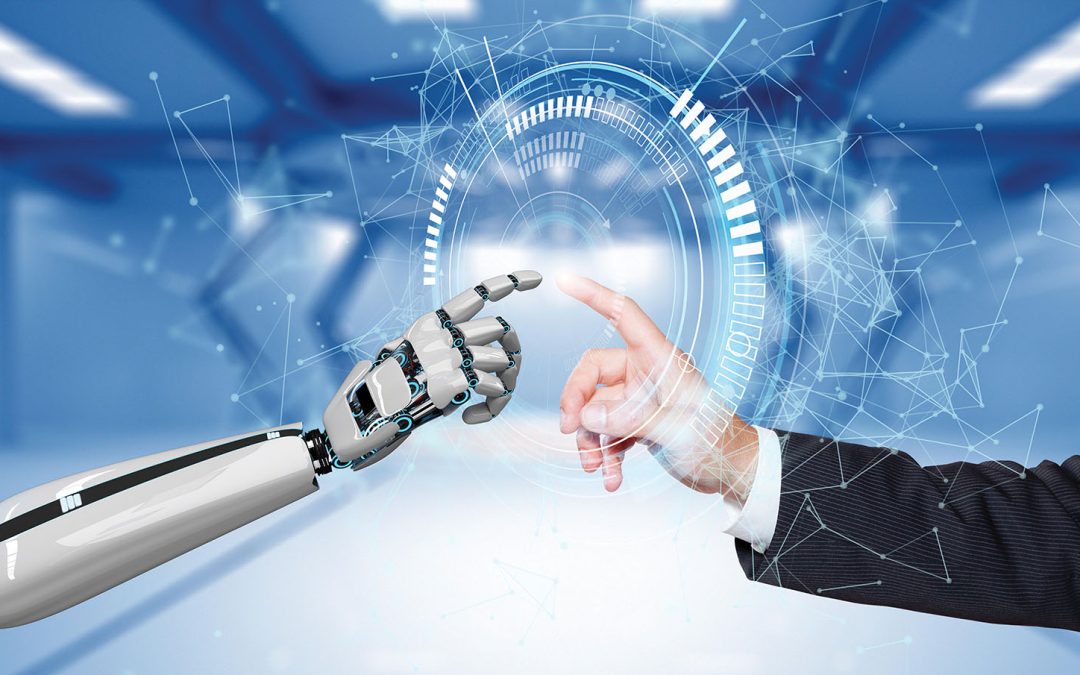While many equate Industry 4.0 with robotics and full automation, Jendamark’s human-centric approach puts people at the beating heart of the manufacturing process. Humans will always have an important contribution to make – despite the rise of artificial intelligence (AI).
When it comes to a realistic assessment of the role that humans play, one must first acknowledge that humans have been, and will continue to be, an integral part of manufacturing, argues Jendamark India director Himanshu Jadhav.
“Throughout history, humans have solved problems and created technologies to make life easier – to meet a need. Even with the smartest manufacturing facilities, it is the humans in that environment that make it a success,” says Jadhav.
“This is especially true when it comes to complex, qualitative scenarios,
which require all facets of human intelligence to resolve.”
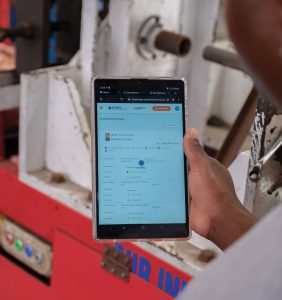 Emotional advantage
Emotional advantage
On the one hand, machines, unlike people, do not get emotional, and their output is not dependent on how they were feeling at the start of the working day, he says.
“Like their human co-workers, machines with AI can now identify production problems and stop the process until the problem is rectified,” concedes Jadhav.
But, he says, arriving at the solution to that problem involves choosing the best method with the least impact, identifying the priority actions, and possibly weighing up several variables. These are complex scenarios that require creativity, emotion and sound judgement. Many situations can’t be solved by an algorithim.
“We rarely see EMOTION as an admirable human quality. But, in manufacturing, it is often the difference between doing something wrong and creating a viable alternative solution.”
Emotion, it seems, is the human motivator for problem solving. We engage in out-of-the-box critical thinking and do “impossible” things because of emotional drivers, such as passion and curiosity.
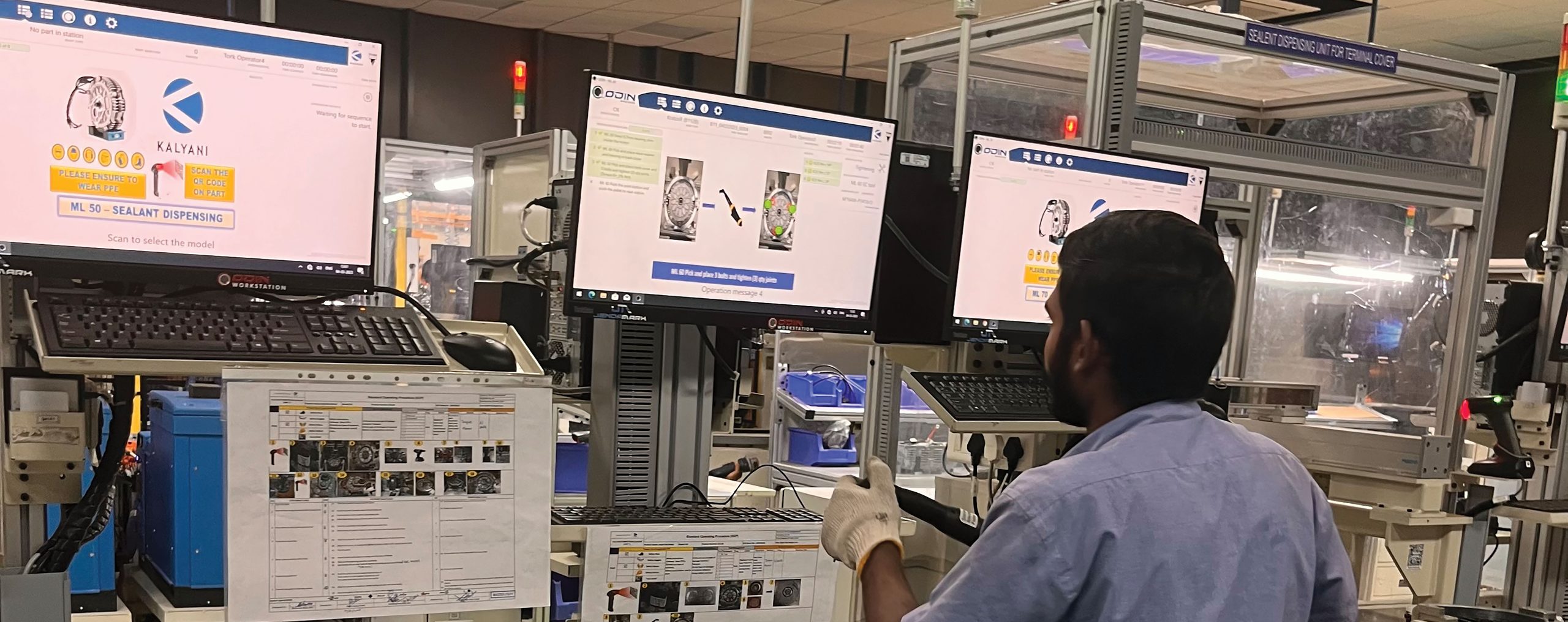
Economic contributors
With the populations of developed economies declining, and the number of skilled workers in the manufacturing sector declining with them, autonomous production processes fill a real need by doing more with fewer human resources, explains Jadhav.
“Having said that, it takes a highly skilled human to develop, operate and maintain an automated machine. While humans are less involved, they still have a critical role to play as the process demands a more advanced skill set.”
Technology is getting smarter every day, so keeping up with and implementing it is the main role of humans in so-called first world countries.
In developing economies, which tend to have much larger, less skilled populations, Jadhav says less automation along with more employment and job creation are critical to improving socio-economic conditions and general living standards.
“Here, humans must be more involved in manufacturing, being in control of mostly manual production processes, to facilitate overall economic advancement.”
As production systems evolve, he says, people and technology are being integrated more closely and intensively than ever before.
“It’s essential that we fully understand how to best design and operationalise both human and technological functions.”
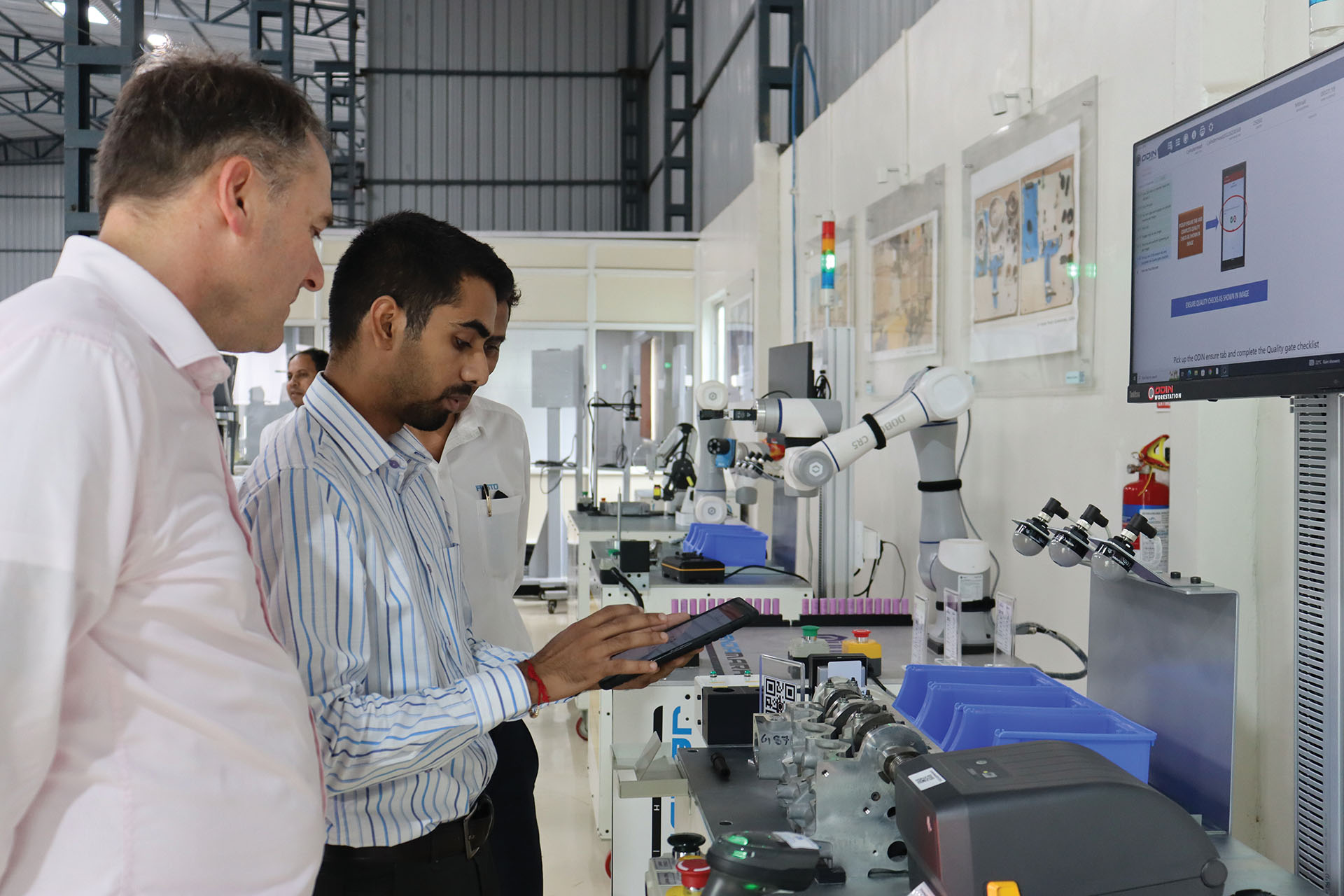
Why Jendamark’s human-centric approach works
Let’s review the numbers
3: The decades of machine-building experience that Jendamark has
3000+: The number of assembly facilities built
95%: The average efficiency rate of our machines over a period of time
75%: The average efficiency rate of human operators over that same period
Production output = human efficiency rate x machine efficiency rate
Improving overall efficiency
For machine builders such as Jendamark, it is relatively easy to improve machine efficiency using smart technology. But this will not significantly improve production output if the human efficiency remains low.
That’s why ODIN Manufacturing solutions focus on supporting humans through worker guidance and process security solutions to eliminate errors and improve the overall quality and quantity of the end product.
We understand that literacy levels, skill sets and expertise vary, so our software solutions make it extremely easy for even novice operators to complete assembly tasks with fewer errors and highest efficiency.
Process security
By connecting field devices like cameras, sensors and machines, we create an ecosystem that ensures that none of the assembly process steps can be skipped. These process security checks also apply where collaborative robots are employed in conjunction with ODIN Manufacturing. Where the robot is assigned to a particular station, the camera will check the process security measures, which are recorded in the ODIN system.
Must-have solutions
By implementing these two core solutions, customers can improve not only production efficiencies but also the efficiency of the plant.
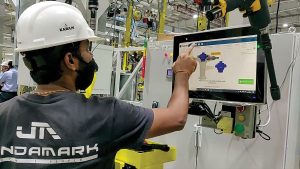 ODIN Workstation:
ODIN Workstation:
Ensures that even a new operator is able to do an assembly task with minimal or no training. Unless every process step is correct, the part does not leave the station.
ODIN Checkpoint:
Ensures that the machines are well looked after. This is a cloud-based maintenance solution for scheduling tasks and guiding inexperienced technicians to perform complex maintenance tasks.
